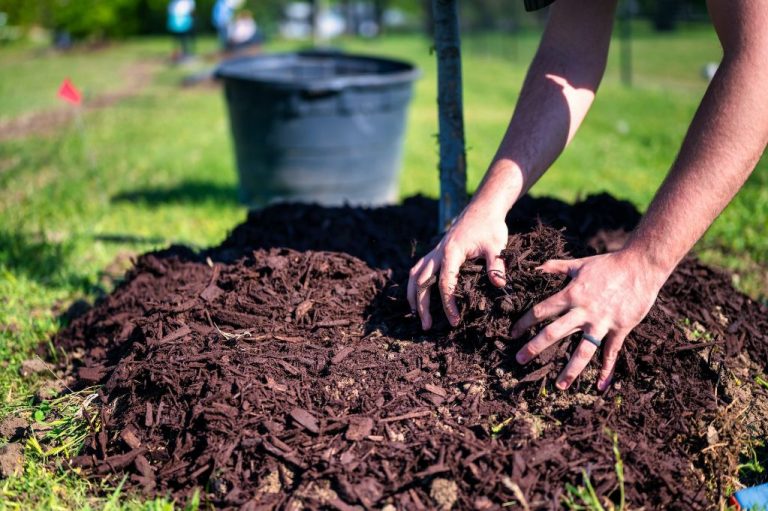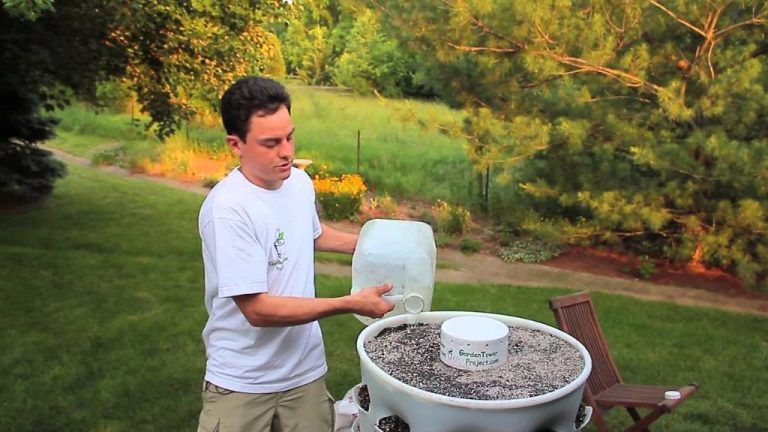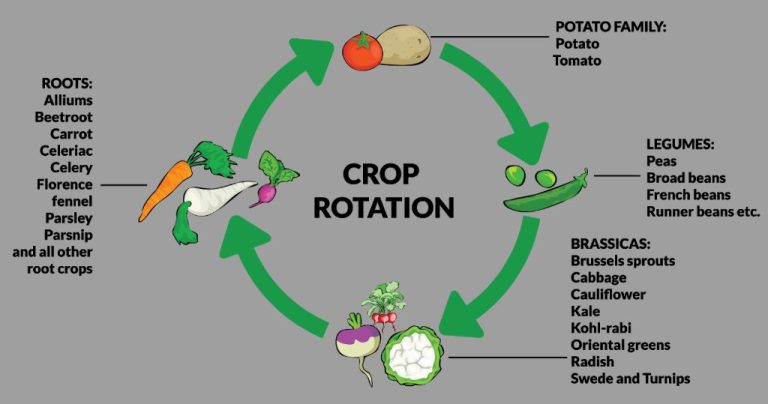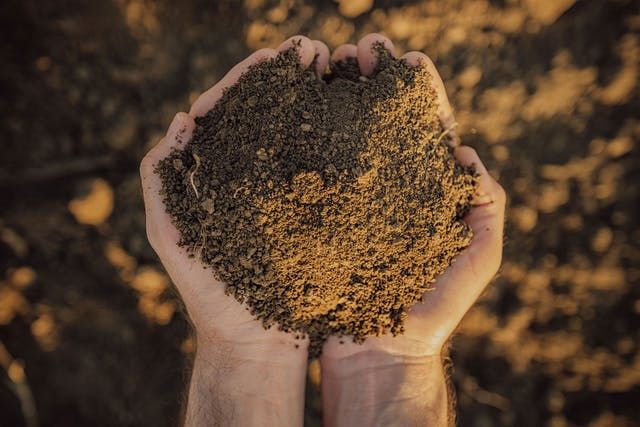Edible Flowers: Adding Beauty And Flavor To Your Garden
Edible flowers are flower petals and sometimes other floral parts that are safe and desirable to eat. Though the concept may seem novel, edible flowers have actually been consumed for thousands of years. Early mentions of eating flowers date back to 140 BC in Roman literature. Edible flowers were especially popular in Victorian England during the 1800s, but their use declined in the early 20th century.
More recently, edible flowers have seen a major resurgence in popularity, especially among professional chefs. According to blog Chef Club, 2022 was dubbed “the year of edible flowers,” with a rapid increase in edible flower recipes and products. Market research from Tastewise indicates edible flower popularity has grown by over 20% in the past year, with the average person consuming edible flowers 1-2 times per year.
This renewed interest in edible flowers comes from their unique flavors, fragrances, and ability to add beauty and flair to all kinds of foods and beverages. Both the petals and other parts of flowers can provide sweet, spicy, and herbaceous tastes when eaten. With their vibrant colors and forms, edible flowers can creatively transform the visual appeal of culinary dishes. From heightening the flavors of salads to garnishing pastries, edible flowers open up many possibilities for home cooks and professional chefs alike.
Benefits of Growing Edible Flowers
Growing edible flowers provides several unique benefits that make them a wonderful addition to any garden. First, edible flowers provide beautiful and unique aesthetic appeal. Their bright colors and delicate petals can instantly transform dishes, drinks, and landscape design. Flowers like violas, marigolds, and nasturtium add a pop of color that makes any meal look more inviting. Using edible flowers is an easy way to add beauty and visual interest to your garden and arrangements.
In addition to looks, edible flowers impart one-of-a-kind and subtle flavors not found in other ingredients. Each edible flower has its own distinct taste that ranges from sweet to spicy to earthy. Flowers like violets and lavender provide a light, perfume-like flavor. On the other hand, flowers such as arugula and chives have a sharper, tangier taste. The unique flavors of edible flowers can elevate a dish by adding complexity and nuance.
Many edible flowers also offer nutritional benefits. According to research, edible flowers are packed with phytonutrients like phenolic acids, flavonoids, and carotenoids that provide antioxidant and anti-inflammatory effects (Source). Specific flowers are high in certain vitamins and minerals. For example, hibiscus flowers are very high in vitamin C while roses contain bioflavonoids. Incorporating edible flowers into your diet is an easy way to increase your intake of beneficial nutrients and plant compounds.
Common Types of Edible Flowers
Some of the most popular and readily available edible flowers include:
Roses – Roses have a sweet, floral flavor. Both the petals and the rose hips (seed pods) are edible. Rose petals can be used in salads, as garnish, infused in drinks, or crystallized with sugar for decorations. The hips can be used to make jams, jellies, syrups, or tea (The Pioneer Woman).
Lavender – Lavender has a floral, slightly sweet flavor with lemon and citrus notes. The flowers and leaves are edible and commonly used in baked goods, infused in drinks, made into lavender sugar, or used as garnish (Thompson & Morgan).
Pansies – Pansies have a mild, sweet flavor. Both the petals and the whole flower can be used in salads, as garnish, infused in vinegar, made into syrup, or candied (The Pioneer Woman).
Nasturtiums – Nasturtiums have a peppery taste similar to watercress. The flowers, leaves, and seeds are all edible and can be used in salads, stuffed, or used as garnish. The peppery flavor pairs well with mild cheeses (Thompson & Morgan).
Violets – Violets have a sweet, floral flavor. Both the petals and leaves are edible and commonly used in salads, desserts, infused in vinegar or drinks, or crystallized with sugar (The Pioneer Woman).
How to Grow Edible Flowers
Many edible flowers thrive in well-drained, nutrient-rich soil. Prepare your garden beds by mixing in several inches of compost or other organic matter to improve drainage and nourish plant roots. Test your soil’s pH and amend with lime if too acidic or sulfur if too alkaline. Most edible flowers prefer a pH between 6.0-7.0.1
When it comes to sunlight, edible blooms need at least 6 hours of direct sun per day. Less sun will result in fewer flowers. Choose a spot that receives sunlight for most of the day.2
Many edible flowers are annuals that you start from seed sown directly in the garden after your last frost date. You can also start seeds indoors 4-6 weeks before your last expected frost to get a head start on the season. Be sure to harden off seedlings before transplanting them outside. Perennial edible flowers like roses, lavender, and sage can be planted in spring or fall.1
Consider companion planting edible blooms with vegetables and herbs. For example, planting nasturtiums near bush beans helps repel aphids. And including calendula in your vegetable garden attracts beneficial insects like ladybugs that prey on pests.2
Harvesting and Storing Edible Flowers
When and how to harvest edible flowers is important for preserving color, flavor, and texture. According to https://gardentherapy.ca/harvesting-preparing-and-storing-edible-flowers/, harvesting cool in the morning or evening is ideal for maintaining freshness and water content.
Use clean and sharp scissors or garden shears to snip edible flowers. Cut the stems just above a set of leaves or where they join the main stem. According to https://gardenerspath.com/plants/flowers/harvest-edible-flowers/, check for dirt and debris, and rinse gently in cool water before storage.
For short term storage, place freshly cut edible flowers between damp paper towels in an airtight container in the refrigerator. Most will keep for 2-3 days this way. Freezing is best for long term preservation. Lay individual flowers or small bunches on a cookie sheet and freeze, then transfer to freezer bags or containers. With freezing, the petals may darken but the flavor will remain.
Safety Precautions with Edible Flowers
Eating flowers can pose some risks, so it’s important to take safety precautions. The main concerns when consuming edible flowers are avoiding toxicity, pesticides, and allergies.
Certain flowers like oleander, lily of the valley, and foxglove are toxic and should never be eaten (source). Only eat flowers you know are safe to consume. Avoid picking roadside flowers or flowers from florists, as these may have been treated with pesticides or chemicals. Grow your own edible flowers or purchase from a reputable source like a grocery store or farmer’s market.
People with pollen or plant allergies should introduce edible flowers slowly in small amounts to watch for any reactions. Remove pistils and anthers before eating to minimize exposure to pollen. Only eat the flower petals, as the pollen is usually concentrated in the flower center and stamen.
Always wash and clean flowers thoroughly before eating. Shake flowers to dislodge insects. Check carefully for dirt, bugs or animal droppings. Stems, leaves and roots of some flowers can also be toxic, so stick to eating just the flower petals (source). With proper care and caution, edible flowers can be safely enjoyed.
Culinary Uses for Edible Flowers

Edible flowers can lend beauty, flavor, and creativity to all kinds of dishes from appetizers to main courses to desserts. One of the most popular uses is adding edible flowers to salads. Flowers like violets, pansies, marigolds, rose petals, and chrysanthemums can add pops of color, texture, and subtle floral flavors to green leafy salads. You can also use flowers to garnish composed salad plates. Beverages are another excellent use for edible flowers. Floating flowers in punches, lemonades, cocktails, and even just a glass of ice water can impart a delicate essence and elegance. Some of the best flowers for beverages include hibiscus, rose, lavender, chamomile, and citrus blossoms.
Desserts and baked goods allow the widest range of edible flowers to shine. From frosting cakes with violas to infusing lavender into creme brulee, the possibilities are endless. Try scattering flowers over cupcakes, piping them on cookies, freezing them into ice pops, or candying flower petals as a garnish. When used sparingly, a few fresh flowers can take any dessert from simple to stunning. Lastly, edible flowers make beautiful garnishes for all types of dishes. No matter if you’re plating an elaborate multi-course dinner or just making sandwiches for lunch, a small colorful flower or two elevates the presentation.
Some of the most common edible flowers to use culinary are roses, violets, pansies, marigolds, lavender, hibiscus, dandelions, sunflowers, chamomile, and citrus blossoms. Get creative and don’t limit yourself. So many flowers are edible and waiting to lend their beauty and flavors to your recipes.
Pairing Flowers with Ingredients
When cooking with edible flowers, it’s important to consider how their flavors will complement other ingredients. Selecting flowers that match or contrast nicely with foods can make for beautiful and tasty culinary creations.
Some edible flowers that pair well with herbs include:
– Chive blossoms, which have a mild oniony flavor that goes nicely with dishes using chives, scallions or garlic. Chive blossoms make a pretty garnish for herb-infused soups and salads.
– Lavender flowers, which have a distinctive floral aroma that enhances herbes de Provence spice blends. Sprinkle lavender on dishes using thyme, rosemary or oregano.
– Cilantro flowers with a similar fresh, citrusy taste as the leaves. Use cilantro blossoms to garnish Mexican or Thai dishes featuring cilantro.
For fruits, try:
– Citrusy tangy Nasturtiums with summer fruits like strawberries, peaches or apricots. Nasturtiums add color and flavor to fruit salads.
– Mildly sweet Roses paired with raspberries in desserts. Crystallized rose petals make elegant cake decorations.
Some vegetable companions include:
– Peppery Nasturtiums with cool cucumbers in a salad. The sharp nasturtium flavor contrasts the mild cucumber.
– Squash blossoms stuffed with ricotta and baked, complementing the squash’s own flavor.
Consider floral flavors and aim for harmonious combinations to make your dishes as lovely to eat as they are to behold.
Designing with Edible Flowers
Edible flowers can add a stunning visual element to floral designs and arrangements. Their vivid colors and delicate petals allow for creative presentations that are both beautiful and delicious. When designing with edible flowers, there are a few tips to keep in mind:
Focus on edible flowers that hold up well, like nasturtiums, pansies, violas, and snapdragons. Delicate flowers like borage blossoms may wilt more quickly. Mix edible flowers with fresh greenery like rosemary, mint, and thyme for texture and fragrance.
Consider the overall shape and form of your arrangement. Mix and match round, spiky, trailing, and upright flowers for visual interest. Use flowers to create focal points and draw the eye where you want it to go.
Arrange edible flowers in vases, bowls, teacups, or directly on platters. For garden beds and container plantings, use edible flowers alongside herbs, vegetables, and ornamentals. Plant flowers of the same color together for big visual impact.
Some popular uses for edible flower arrangements include centerpieces, bridal bouquets, cocktail garnishes, salad toppings, and cake decorations. Get creative with how you incorporate and display your edible flowers!https://www.ediblearrangements.com/edible-flowers
Getting Started with Edible Flowers
For beginners, some of the best edible flowers to start with include nasturtiums, pansies, violets, and calendula (also known as pot marigold). These are very easy to grow from seed and produce colorful, tasty blooms all season long. Many garden centers sell starter plants if you want to skip starting from seed. Try looking for edible flower starters at your local nursery or garden store. You can also find edible flower seeds online.
Some other great resources for getting started with edible flowers include:
- The Old Farmer’s Almanac has an excellent Edible Flowers Guide covering how to grow and use them.
- Martha Stewart offers tips on Growing Edible Flowers in your garden.
- The Spruce Eats has a helpful guide on How to Grow Edible Flowers in Your Vegetable Garden.
When you’re ready to start cooking with your homegrown edible flowers, check out sites like Epicurious and Bon Appétit for tasty edible flower recipe ideas.






